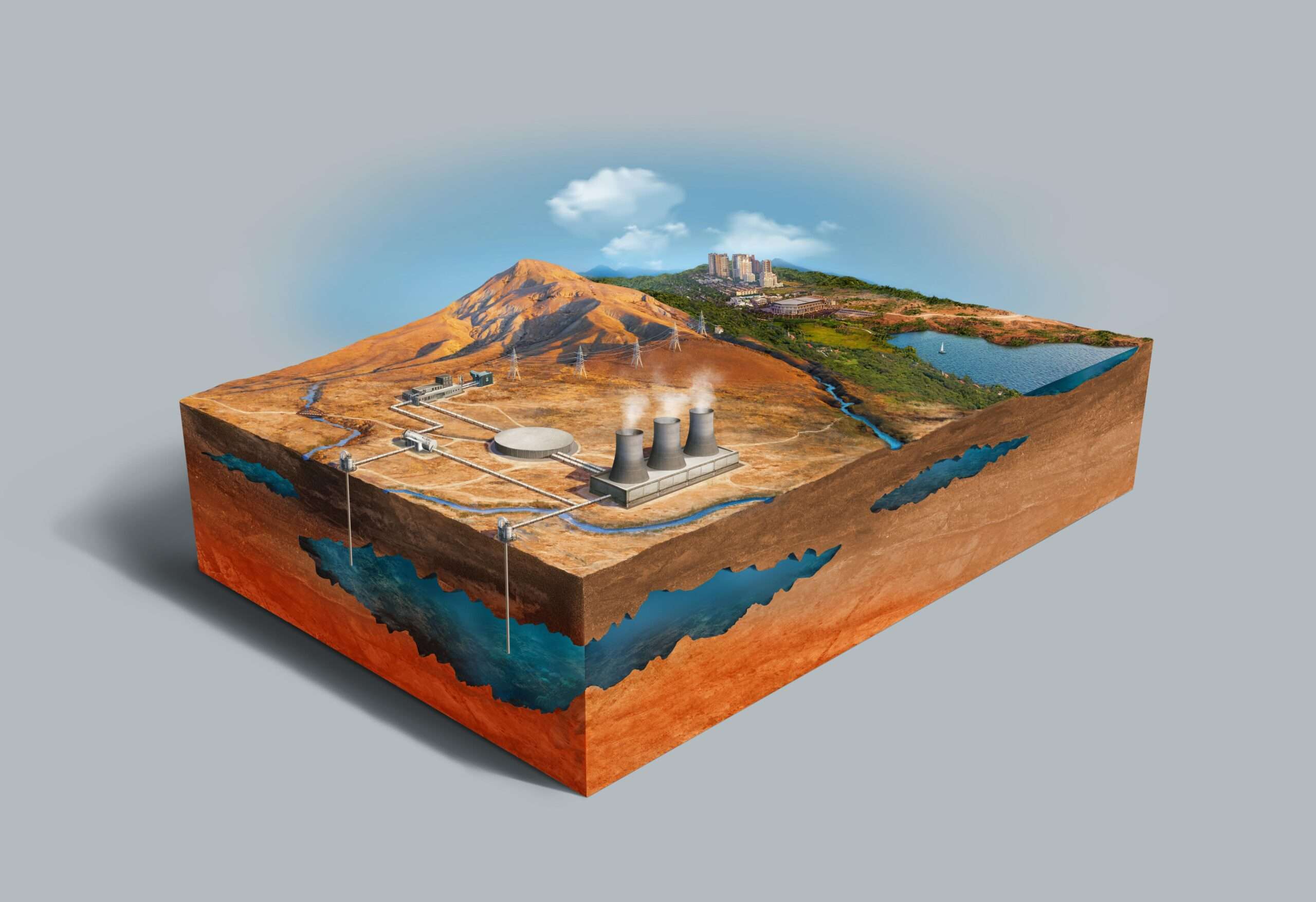BlueEnergy Build
Groundwater Modeling
Advanced groundwater modeling enhances rainwater harvesting systems’ resilience and optimizes water recharge into aquifers.
Groundwater modeling (G.M.) is an important tool for understanding groundwater systems’ behavior, and consequently, making informed decisions about water resource management. Moreover, BEBPL’s G.M. Services offers a comprehensive suite of services to help clients better understand and effectively manage their groundwater resources. This includes modeling solutions, data analysis, and strategic insights, ensuring a holistic approach to sustainable water resource practices.
BEBPL’s G.M. Services
Key services provided include the development of numerical models to simulate the behavior of groundwater systems. These models are instrumental in predicting the effects of changes in land use, climate, and other factors on groundwater resources. Furthermore, they play a pivotal role in assessing the impacts of proposed development projects on groundwater resources.

BEBPL’s G.M. Services encompass a diverse range of offerings
Within the array of services provided by BEBPL’s G.M. Services, a prominent feature is the development of groundwater management plans. These strategic plans are meticulously designed to ensure the sustainable management of groundwater resources. Additionally, they encompass a range of strategies aimed at both monitoring and actively managing groundwater resources. Furthermore, the plans prioritize the critical aspect of protecting groundwater quality. In essence, they present a comprehensive and holistic approach to effective groundwater resource management, ensuring a well-rounded strategy for clients seeking to optimize their use and conservation of this vital natural resource.
BEBPL’s G.M. Services also include
Groundwater modeling, an integral facet of hydrogeology
Groundwater modeling serves the crucial purpose of replicating and comprehending the intricate dynamics of subsurface water systems. Moreover, these models extend beyond replication; they offer valuable insights into groundwater flow patterns, contaminant transport mechanisms, and aquifer responses, skillfully simulating the interplay of geological factors like porosity, permeability, and hydraulic conductivity. This wealth of information proves indispensable for effective water resource management, environmental protection, and the pursuit of sustainable development goals. Additionally, by integrating such insights, decision-makers are better equipped to navigate the multifaceted challenges associated with groundwater resources. Ultimately, this comprehensive understanding fosters a proactive and adaptive approach, ensuring a harmonious coexistence between human activities and the intricate subsurface water environment.
Utilizing numerical methods, particularly finite-difference or finite-element techniques, is a widespread practice for solving the mathematical equations that govern groundwater behavior. As a result, these models assume a pivotal role, not just in predicting aquifer behavior under various scenarios, but also in assessing contamination vulnerability and devising strategies for optimal groundwater usage. Furthermore, the continuous advancements, exemplified by the integration of geographic information systems (GIS), have undeniably transformed groundwater modeling into an exceptionally potent tool. This progressive evolution, in turn, enables decision-makers to not only proactively address but also comprehensively understand and navigate the complex challenges associated with groundwater resources. In essence, the integration of GIS stands as a testament to the ever-evolving nature of groundwater modeling, contributing to a more nuanced comprehension of the intricate relationship between human activities and the subsurface water environment.
